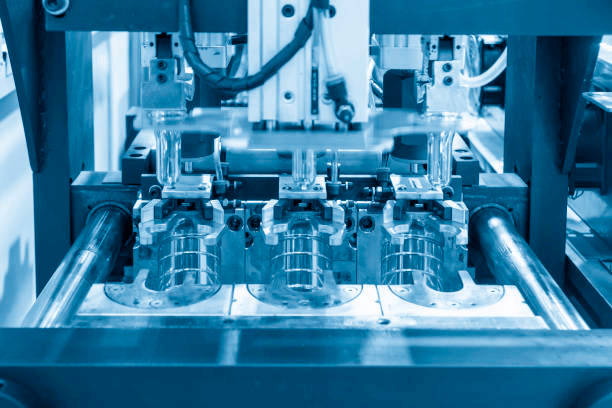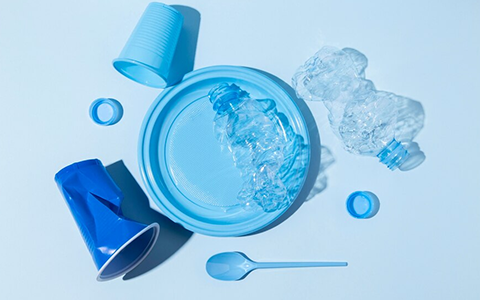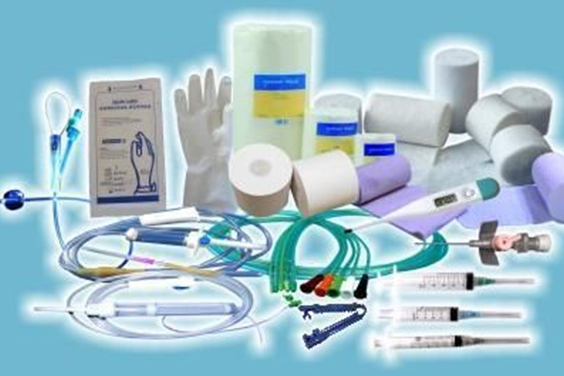Sprue is a critical component in the injection molding process. It serves as the conduit through which molten plastic is delivered from the injection molding machine nozzle into the mold cavity, where it solidifies into the desired shape.
The size and shape of the sprue are essential factors in controlling the flow of molten plastic into the mold cavity. Proper design of the sprue also minimizes material waste and reduces cycle time, ultimately improving the efficiency of the process.
This article aims to enlighten you on everything you need to know about sprue in injection molding so as to optimize your customized injection molding operation.
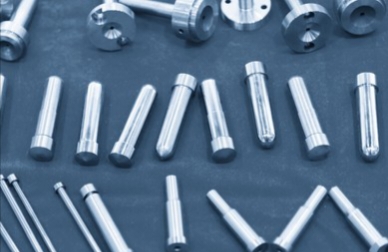
What is Sprue in Injection Molding?
A sprue is a channel that connects the nozzle of the injection unit to the mold cavity. The molten plastic is pushed through the nozzle into the sprue, which then distributes the plastic to the individual parts of the mold. Once the plastic fills the mold cavity, it cools and solidifies into the desired shape.
The sprue also plays a crucial role in the filling and cooling stages. It controls the flow rate of the molten plastic into the mold cavity and helps to reduce the chances of injection molding defects, such as shrinkage, air pockets, warping, or incomplete filling.
Types of Sprue in Injection Molding
There are two major types of sprue in injection molding. They are explained below:
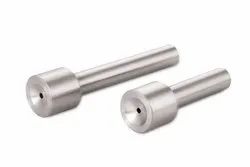
Hot Sprue in Injection Molding
This is a type of sprue that remains in contact with the molten plastic during the entire injection molding process. It is continually heated throughout the process to keep the molten plastic that would otherwise cool in its hot state.
Hot sprues are typically used for larger parts or those with complex geometries where the use of a cold sprue would result in a poor surface finish or inconsistent filling of the mold cavity.
Advantages
- Faster Cycle Times: As the plastic remains molten in the sprue, it can be quickly injected into the mold cavity, resulting in faster cycle times.
- Consistent Filling: Hot sprues ensure consistent filling of the mold cavity, leading to high-quality parts.
Disadvantages
- Higher Cost: Hot sprues are more expensive than cold sprues due to the additional heating elements required.
- Difficult to Handle: The hot sprue can be difficult to handle due to its high temperature, making it challenging to remove from the molded part.
Cold Sprue in Injection Molding
This type of sprue is not in direct contact with molten plastic. Instead, it is a separate channel that is fed by the injection molding machine and fills the mold cavity through a gate. The plastic in the sprue solidifies quickly after injection, and it is subsequently removed from the molded part.
Advantages
- Lower Cost: Cold sprues are less expensive than hot sprues due to the absence of heating elements.
- Easy to Handle: The cold sprue is easy to handle as it cools quickly and can be easily removed from the molded part.
- Lower Maintenance: Cold sprues require less maintenance than hot sprues.
Disadvantages
- Inconsistent Filling: Cold sprues may result in the inconsistent filling of the mold cavity, leading to lower-quality parts.
- Poor Surface Finish: The use of a cold sprue can result in a poor surface finish on the molded part due to the gate location.
How to Choose the Right Sprue?
As with most injection molding decisions, choosing between hot or cold sprue is determined by the various factors that are affected. Discussed below are the parameters that decide the best sprue in injection molding for you.
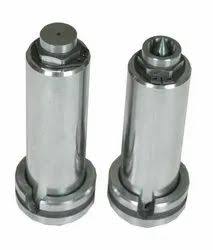
- Part Design: The complexity of the part design can influence the choice of sprue type. For injection molding medical devices with complex geometries or large sizes, a hot sprue may be required to ensure consistent filling of the mold cavity.
- Material Being Used: Some materials, such as Polycarbonate (PC), Polyetherimide (PEI), and Polyphenylene oxide (PPO) require higher injection temperatures, making hot sprues a better option. However, some materials like Polyethylene (PE), Polypropylene (PP), Polyvinyl chloride (PVC), Acrylonitrile butadiene styrene (ABS), and Polystyrene (PS) require a lower injection temperature, making cold sprues a suitable choice.
- Mold Design: For molds with a single cavity, a hot sprue may be more efficient. However, for molds with multiple cavities, a cold sprue may be a better choice to reduce material waste.
- Production Volume: For high-volume production, a hot sprue may be more cost-effective as it can result in faster cycle times. On the other hand, for low-volume production, a cold sprue may be a better option to reduce tooling and setup costs.
- Cost Considerations: A hot sprue is generally more expensive due to the additional heating elements required, while a cold sprue is a more cost-effective option.
Design Standards for Sprue
Sprue bushing injection molding is typically designed with a nozzle radius of half or three-quarters of an inch. However, there are some flat-type sprue bushings with a flat surface. For complete design, some other dimensions must also be selected. You can produce the sprue bush or purchase from a reliable plastic molding manufacturer with a wide range of expertise in making customized sprues.
Two-bolted sprues, which can be used with injection machines that weigh less than 350 tons are utilized with small molds, while large molds use sprues with four bolts and injection machines that weigh higher than 200 tons.
Sprue Bush Design Tips
The design of the sprue bush in mould goes a long way in affecting the injection molding process, as it influences the flow of the molten plastic into the mold cavity. Here are some design tips to implement:
- The material used to make the sprue bush should be carefully chosen to withstand the high temperatures and pressures of the injection molding process. Common materials for sprue bush include hardened tool steel, stainless steel, and bronze.
- When designing or choosing a sprue bush, the ball radius of the sprue should be bigger than the radius of the nozzle. If it is smaller, a space will be created between the sprue and the nozzle, then the plastic will overflow and the tension of the injection machine will be lost.
- The inner hole must have a diameter that’s more than the nozzle hole. If it is less than that, the molten plastic won’t be allowed to move freely into the mold cavity, which can result in some defects. The nozzle typically has a diameter of 25mm. Check the injection machine catalog to ensure the sprue is at least 0.5m long.
- Usually, the inner hole angle is about 26 degrees, but for the best results, aim for a 35 degrees angle. Check the mold plate’s dimension and ensure that the sprue length corresponds with the thickness of the plate.
- The sprue bush should be designed with a taper to allow for easy removal from the mold cavity. The taper angle should be between 1 and 3 degrees to prevent any material buildup or blockages.
Seaskymedical: Providing Free Mold Design Service
Seaskymedical is a professional ISO medical plastic injection molding producer that focuses on the design and development of plastic healthcare components. With over 10 years of experience as a one-stop service provider, we offer assistance in all stages, including product design & development, mold design & development, material selection, and injection molding.
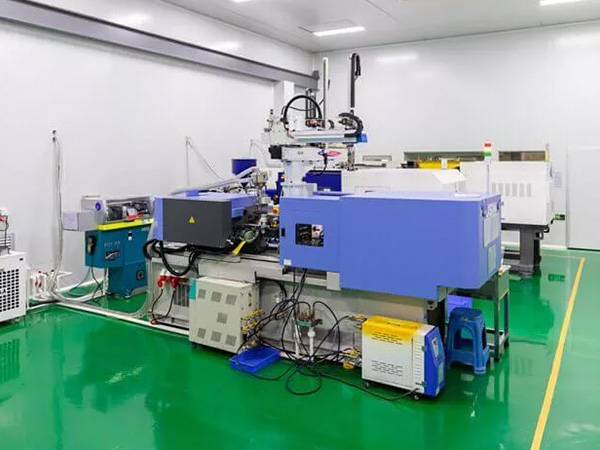
Having an R&D team with a wide range of expertise in working with different materials and recommending the best approach to various projects, we supply our customers with high-quality and functional molded parts, including sprues that comply with industry-regulated standards.
As a reliable manufacturer with a large production factory filled with advanced injection molding machines, we offer free mold design services that incorporate the manufacturing of standard sprue in injection molding. Our goal is to help set up your business for success. With our services, your injection molding operation will work smoothly with no complications.
Final Thoughts
The sprue is an important piece of equipment used in the injection molding process. It facilitates the flow of molten plastic from the injection molding machine nozzle to the mold cavity. A faulty or wrongly designed sprue will definitely result in the creation of a badly molded part, as the molten plastic won’t flow evenly, hence the finished part will be distorted.
Seaskymedical understands the functionality of the sprue in injection molding and how it determines production efficiency. If are you looking for the best mold design with standard sprues, you can contact us.
Frequently Asked Questions
Below are answers to some other related questions that influence the functionality of sprue in injection molding.
What are the Differences Between Sprues, Runners, and Gates?
Sprues, runners, and gates are three distinct injection molding components that work together to deliver molten plastic to the mold cavity.
- Sprue: The main channel that connects the injection molding machine to the mold. It is typically the largest channel and it delivers molten plastic to the runner.
- Runner: The channel that distributes the molten plastic from the sprue to the mold cavities. It’s designed to ensure that the molten plastic is distributed evenly to all mold cavities.
- Gate: The point at which the molten plastic enters the mold cavity from the runner. The gate size and location can have a significant impact on the quality of the finished part, as it can affect the flow of molten plastic and the appearance of the part.
What is Sprue (Waste Material)?
Asides from meaning a component through which molten plastic flows to the mold cavity, the sprue can also be termed as waste material. After the molten plastic has cooled and the plastic part is ejected, there may be excess plastic attached to the part in the shape of the sprue. This excess plastic, which is a waste material, must be trimmed off before the part is used. The trimmed-off waste material can be referred to as “sprue.”
How Should I Deal With Plastic Waste?
After the excess plastics are removed from the finished part, you can find yourself with quite some quantity of plastic waste. While they are termed waste, they can still be useful. They can be gathered, melted, and turned into a plastic resin prepared to undergo the injection molding process again. This is most common with thermoplastic materials because they are easy to recycle.

